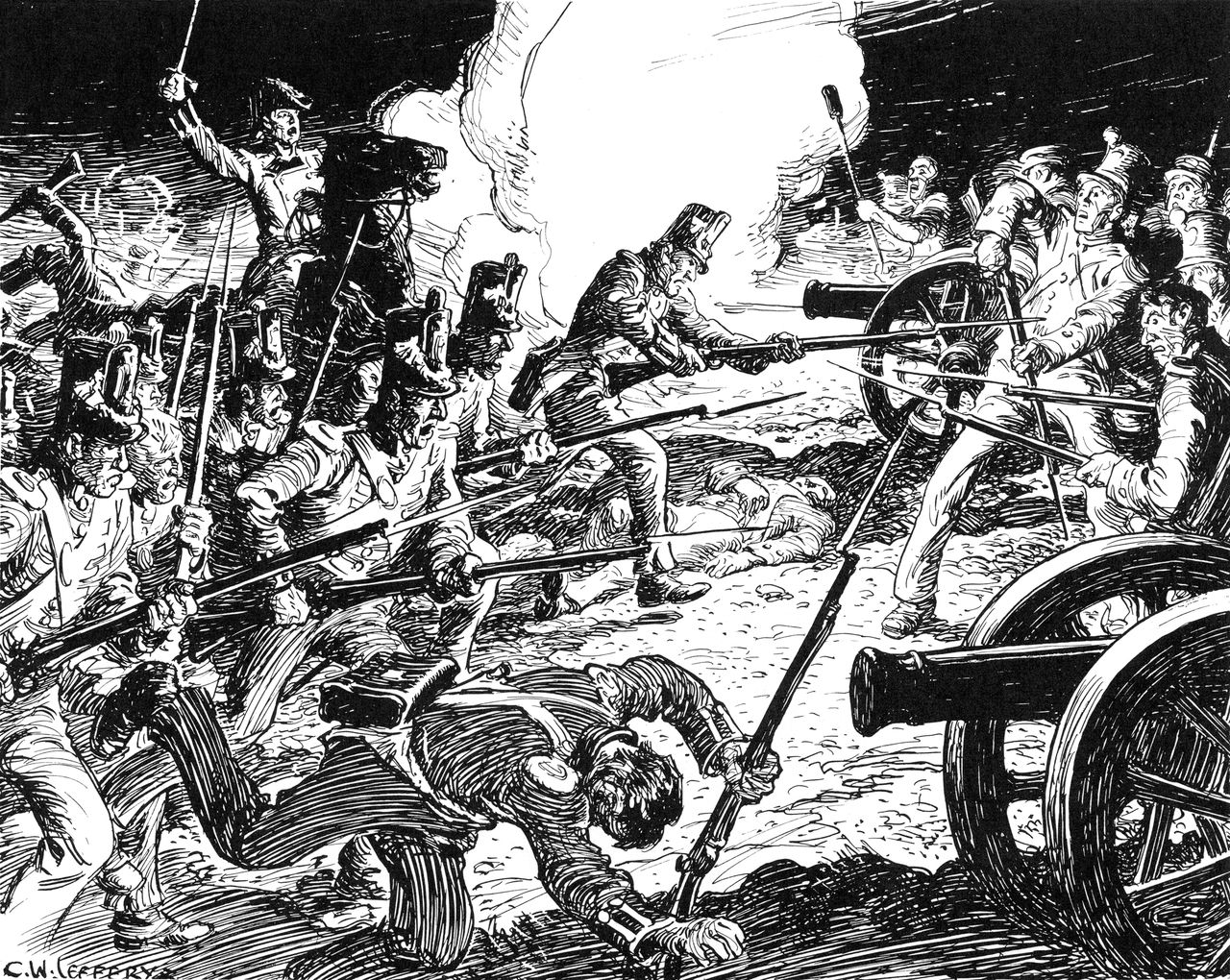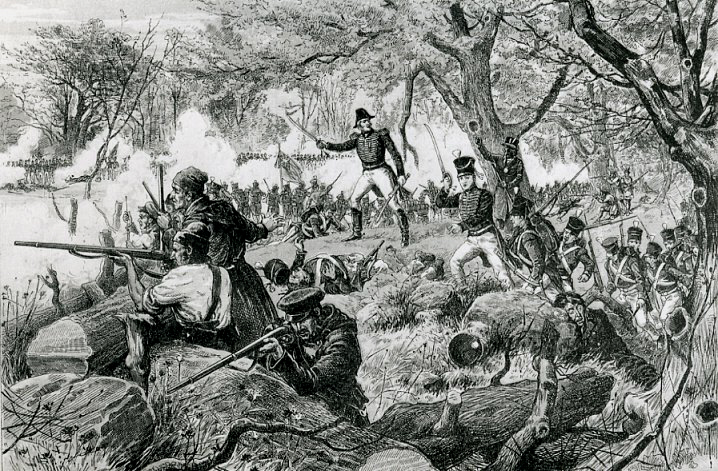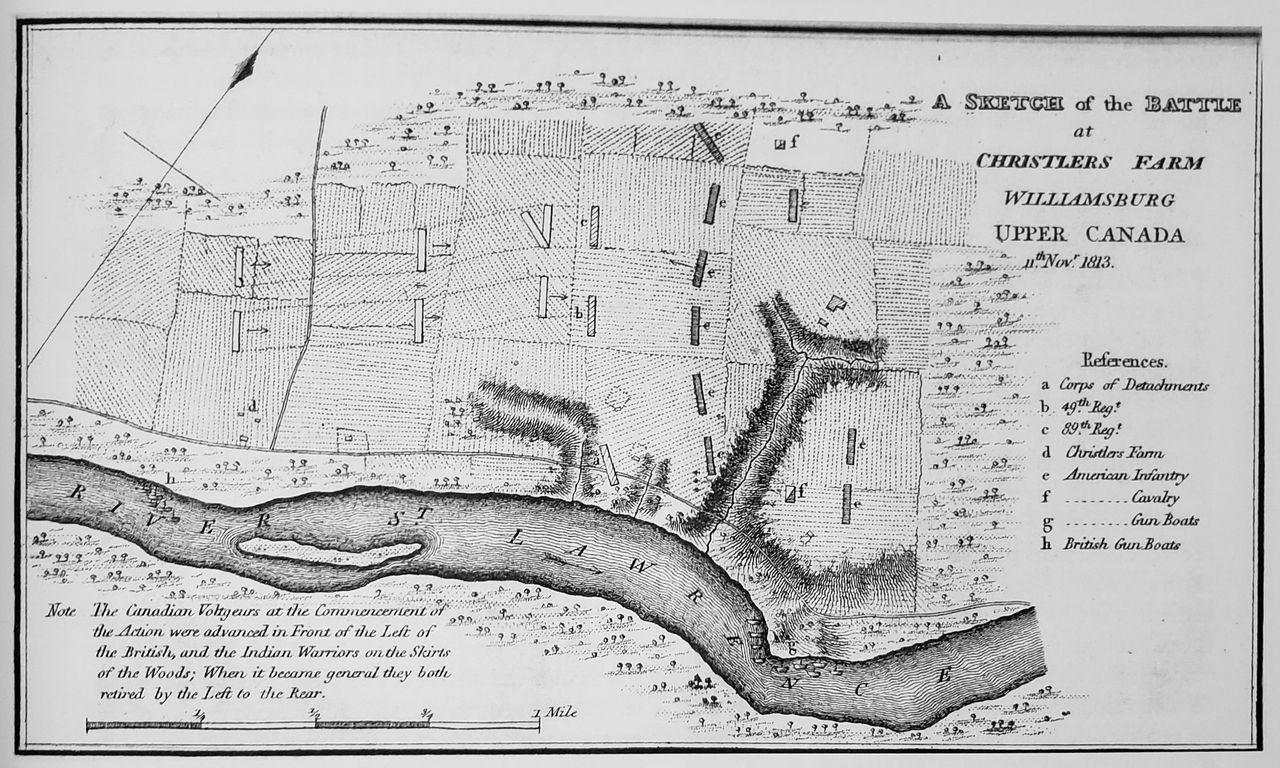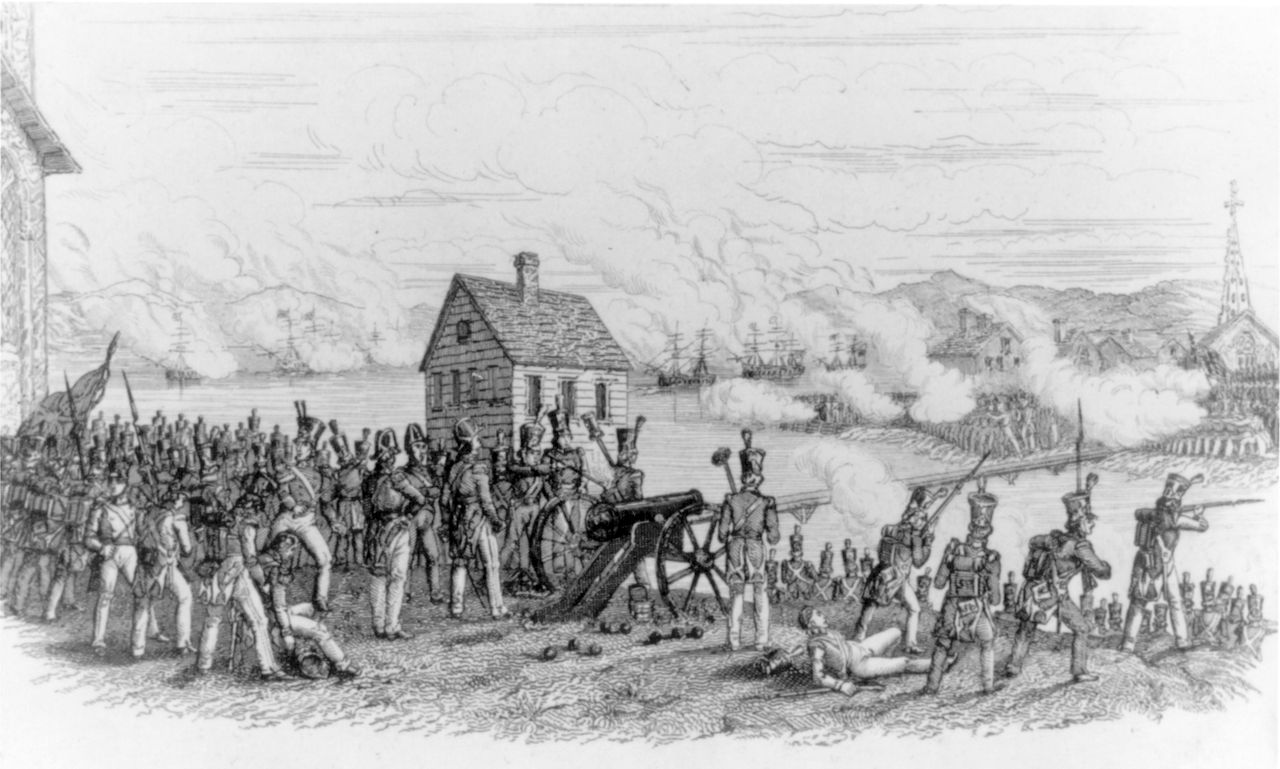Frederick George Heriot, Officer and Colonizer
Frederick George Heriot was born on January 11, 1786, in Jersey, one of the Channel Islands. His parents were Roger Heriot, a military surgeon of the 13th British Infantry Regiment, and his wife, Anne Susanne Nugent. He began his military career at a young age, enrolling as ensign in the 49th British Infantry Regiment on August 28, 1801, when he was only 15 years old. Later, on October 9th of that same year, he obtained a commission in the 49th Infantry as a lieutenant, and was with them when they emigrated to Lower Canada in June 1802 to be posted to the garrison of Québec. It was here that Heriot completed his military training and met some important figures from the British military, namely Isaac Brock and Roger Hale Sheaffe.
Tensions began to run high between the United States and the British Empire. The borders of Upper and Lower Canada were defended by only a small contingent of regular British troops, so the Governor General of Canada, Sir George Prevost, began forming local militias in the spring of 1812. This led to the creation of the Provincial Light Infantry Corps of the Canadian Voltigeurs, led by Major Charles-Michel d’Irumberry de Salaberry. The Americans declared war on the British in June 1812, and Canada became the site of numerous armed confrontations between the two nations.
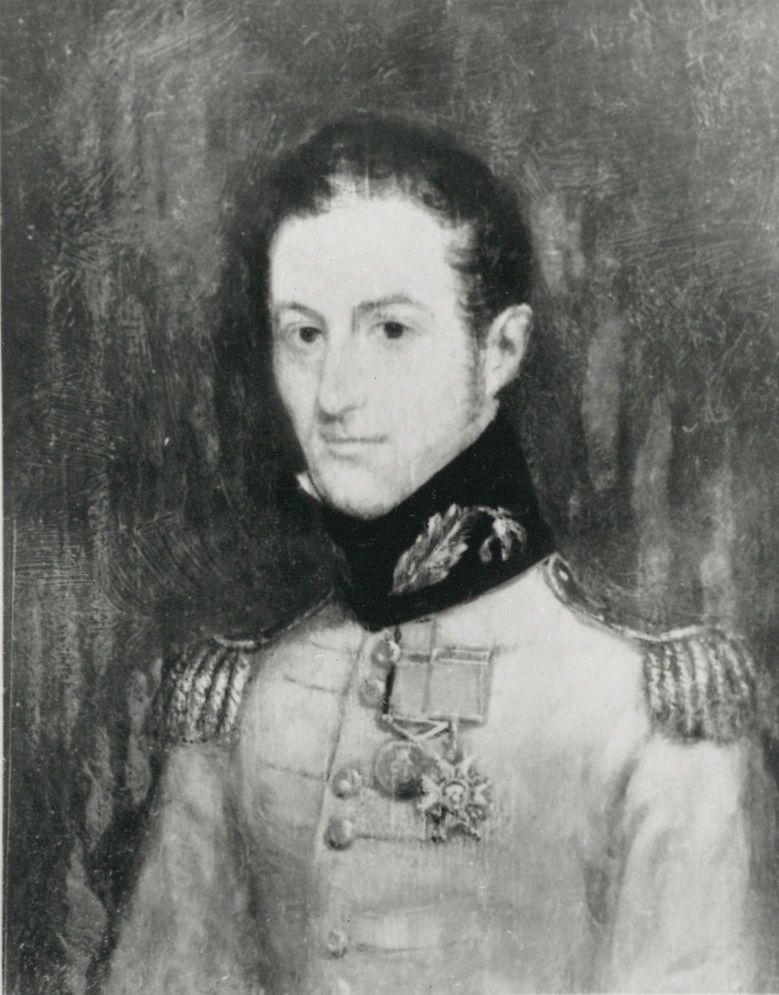
Photograph of the portrait of Frederick George Heriot held at the McCord Museum, between 1941 and 1950.
In March 1813, Frederick George Heriot was named Acting Major of a detachment of Voltigeurs sent to Upper Canada. He led his troops in the attack on Sackets Harbor, New York on March 29, 1813. He also participated in the Battle of Crysler’s Farm on November 11 in Upper Canada, where he distinguished himself valiantly, according to the commander of the British forces, Lieutenant-Colonel Joseph Wanton Morrison. Heriot’s brave actions at Crysler’s Farm earned him a Gold Medal from the British Army and a special mention in the official dispatches.
Salaberry wanted to sell the command of the militia, and Frederick George Heriot accepted his offer to buy it for £900 at the beginning of 1814. Still a relatively young man, Heriot was appointed as Acting Lieutenant Colonel of the Canadian Voltigeurs, although he was only officially promoted to this rank in 1820. The company participated in one last campaign in Plattsburgh, New York in September 1814 before the war finally came to an end in December with the ratification of the Treaty of Ghent. No longer needed, the Canadian Voltigeurs were disbanded in March 1815.
The British Crown offered parcels of land in one of two colonies to the veterans of the War of 1812 to thank them for their service. One of these colonies lay along the St. Francis River with the settlement of Drummondville established as its administrative centre. Frederick George Heriot was appointed Superintendent General and given the responsibility of overseeing the distribution of lots to the soldiers. Heriot became a landowner himself, and on top of his official duties as a military officer, he took on other roles such as justice of the peace, bureaucrat, and eventually politician, serving as the Member of Parliament for Drummond County from November 1829 until January 1833.
Heriot was again called to arms during the Rebellions of 1837–1838. The Crown mandated him to recruit men who were loyal to England for the militia and to lead them in quashing any signs of Patriot rebellion in the Eastern Townships. The militia was also tasked with calming and reassuring a jittery local population. Heriot’s militia was dissolved only a short while later in the spring of 1839 after the end of the popular uprisings. His honourable military career reached its pinnacle on November 23, 1841, when he was appointed Major-General of the British Army.
Frederick George Heriot was 57 years old when he succumbed to typhoid fever and died at his residence of Comfort Hall in Drummondville on December 30, 1843. He was buried two days later, on January 1, 1844, beside St. George’s Anglican Church and in the presence of numerous community members.


